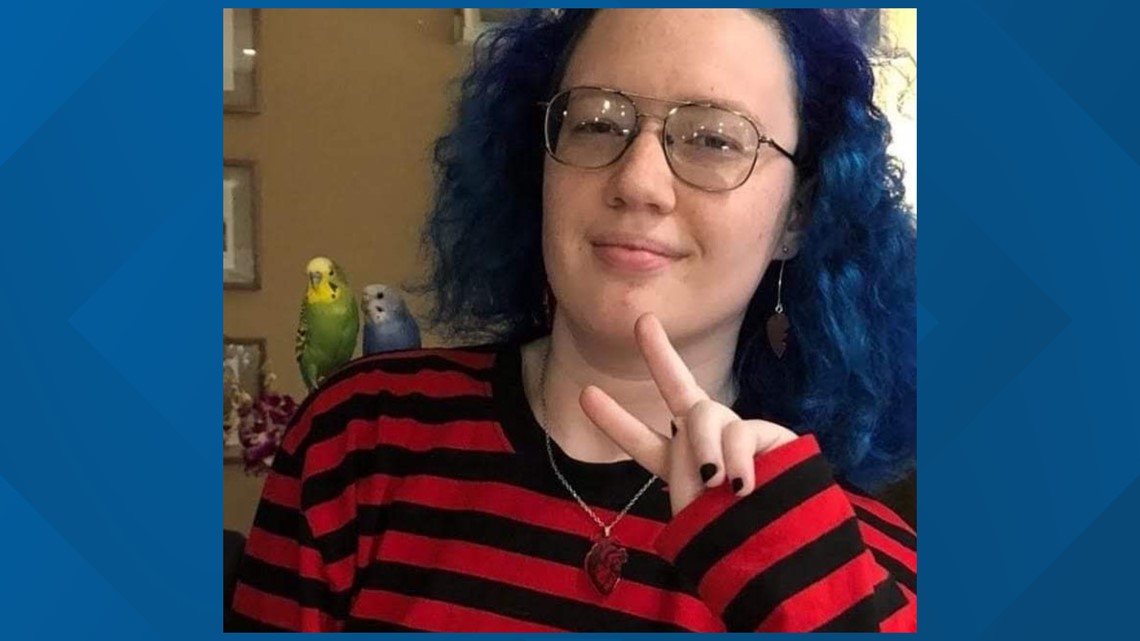RANCHO CORDOVA, Calif. — The body of Emma Roark, 20, was discovered in Rancho Cordova less than a mile from her home. Her family says right now their focus is on finding her killer, but they also say she was an autistic person and they’re upset it took so long for law enforcement to search for her.
Wyatt Walth, the office coordinator with Sacramento Autism Services explained how a missing persons’ situation could be different for an autistic person.
“Autistic people exist on a very wide spectrum and I believe law enforcement officials need to be trained to account for specific needs during the time of an emergency,” explained Walth.
He said normal search techniques could impair rather than help.
“So for someone with autism, certain sensory stimuli can be overwhelming. For example, if the police are communicating with like a loud speaker, or they have loud sirens, that can be extremely jarring for someone who has sensory issues,” he said.
He explained how law enforcement could adapt.
“A person with autism may absolutely be more vulnerable in a sensitive situation. Law enforcement should work with autistic people in the community to develop a response mechanism that accounts for different levels of needs. And a police response would be well informed with the utilization of applied behavioral analysis,” said Walth.
He went on to detail some techniques.


“Just getting to leave where they’re currently at or by getting attention from others, which in this case could be a law enforcement officer having like a teddy bear in the back of the truck, which typically they’ll use to de-escalate somebody who’s in a panic state. That could be potentially rewarding to somebody with autism and they may begin to see it as a game,” Walth said.
Dave Gains, the CEO of the nonprofit Sacramento Autistic Spectrum and Special Needs Alliance explained how autistic people perceive their surroundings differently.
“Obviously there’s a risk there. There’s the kind of lack of understanding of the kind of dangers that can be present with other people and in social situations,” said Gains.
He added how they can see others varies.
“They can be naïve. They’ll go with anyone for example, and this is not all people on the spectrum but a lot of autistic people. They tend to be very trusting because they’re not thinking about danger signs. They’re very transparent and raw and honest and, ‘Hey, this is a person and Hey, you want me to go in your car with you? Okay, where are we going?'” explained Gains.
However, he said it’s not easy to say what law enforcement should do because autistic people want to be treated with equity.
“It’s kind of a fine line. But really I think it comes down to individualizing the situation and responding accordingly,” said Gains.



















